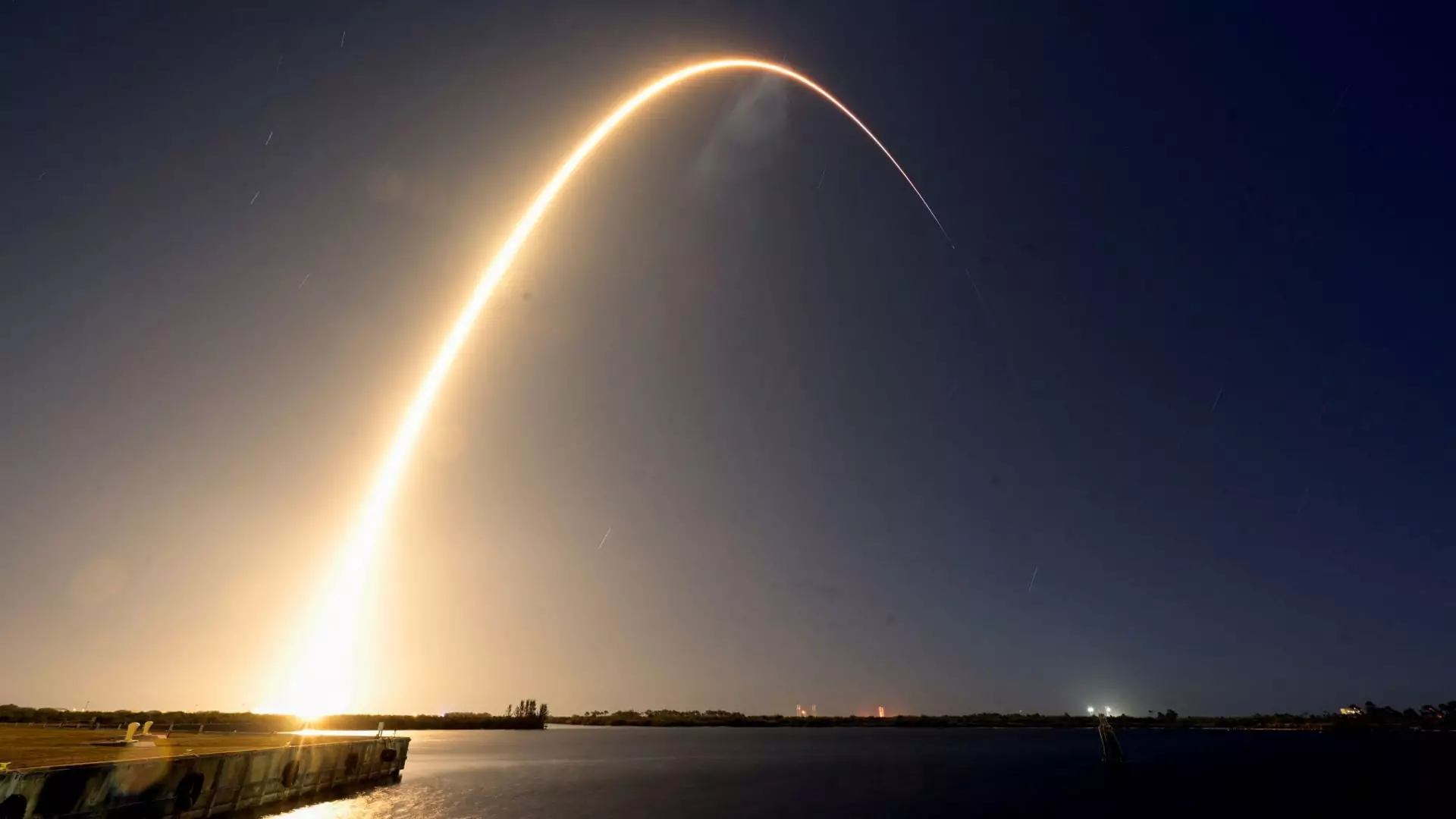In a remarkable stride towards reestablishing humanity’s presence on the lunar surface, Firefly Aerospace, a Texas-based aerospace manufacturer, is embarking on its inaugural lunar mission. The company’s Blue Ghost lander was launched aboard SpaceX’s Falcon 9 rocket early on Wednesday morning from Florida—a clear signal that the race to the Moon is reviving. With a mission duration of 45 days, Firefly’s venture underscores a growing interest in lunar exploration and the potential of the emerging market for space services.
Firefly’s Vision and Objectives
In his post-launch statement, Firefly CEO Jason Kim expressed a resolute commitment to executing the mission with precision, stating, “We’re now fully focused on execution as we look to complete our on-orbit operations, softly touch down on the lunar surface, and pave the way for humanity’s return to the Moon.” This ambition is not just about reaching the Moon but establishing a reliable framework for future lunar endeavors. With its Blue Ghost lander, Firefly aims to set a precedent, contributing valuable data and experience to the burgeoning exploration sector.
Firefly is not an unfamiliar name in the aerospace arena; known primarily for its Alpha rockets that deliver satellites into orbit, the company has pivoted towards building lunar landers and spacecraft tugs. This diversification reflects a broader trend in the aerospace industry—companies are exploring new horizontal markets that leverage existing technologies and capabilities. The nearly 7-foot-tall Blue Ghost, named after a rare species of firefly, is designed to carry ten payloads under a lucrative $101 million contract with NASA.
NASA’s Commercial Lunar Payload Services Program
Firefly’s mission is a key component of NASA’s Commercial Lunar Payload Services (CLPS) initiative, which seeks to facilitate regular transport of science and commercial cargo to the Moon in support of the Artemis program. The Artemis program aims to establish a sustainable human presence on the Moon by the end of the decade, and missions like Firefly’s will play an integral role in this endeavor.
Interestingly, this is not the first time we’ve seen companies attempting lunar landings; Firefly is joining a cohort of competitors. Recent lunar missions from Astrobotic and Intuitive Machines have had mixed results, illustrating the challenges of lunar exploration. Astrobotic’s mission fell short, while Intuitive Machines’ lander managed to survive a tip-over landing. This backdrop of ambition and setbacks highlights the pioneering spirit prevalent in today’s aerospace landscape.
Firefly has articulated an impressive roadmap, outlining 17 key milestones for the Blue Ghost mission. Each achieved benchmark acts as a litmus test, with five milestones successfully reached as of now, including launch and orbital testing. The mission is set to make a lunar landing on March 2 and is targeting Mare Crisium, a significant basin located on the Moon’s near side.
After landing, Firefly plans to maximize its operational presence by conducting experiments and tests over a complete lunar day—approximately 14 Earth days—alongside handling several hours in the harsh lunar night. This comprehensive operational timeline illustrates an ambitious agenda that could yield critical insights into lunar conditions and pave the way for future expeditions.
Interestingly, the recent Falcon 9 launch carried not only Firefly’s Blue Ghost but also a second lunar lander from Japan’s ispace, showcasing the collaborative nature of modern space endeavors through rideshare agreements. The increasing collaborations among global players in the aerospace industry underscore a significant shift towards shared success in exploration rather than isolated missions.
Looking ahead, NASA anticipates that as many as five U.S. firms will launch lunar landing missions within the next year—a testament to the rapidly evolving landscape of lunar commercialization and research. As Firefly Aerospace leads the charge in this renaissance of lunar exploration, its journey will undoubtedly play a pivotal role in shaping the future of humanity’s excursions beyond Earth. The lunar landscape may soon witness a thriving economy of exploration and exploitation, allowing for innovations that could bring us one step closer to understanding the cosmos.

